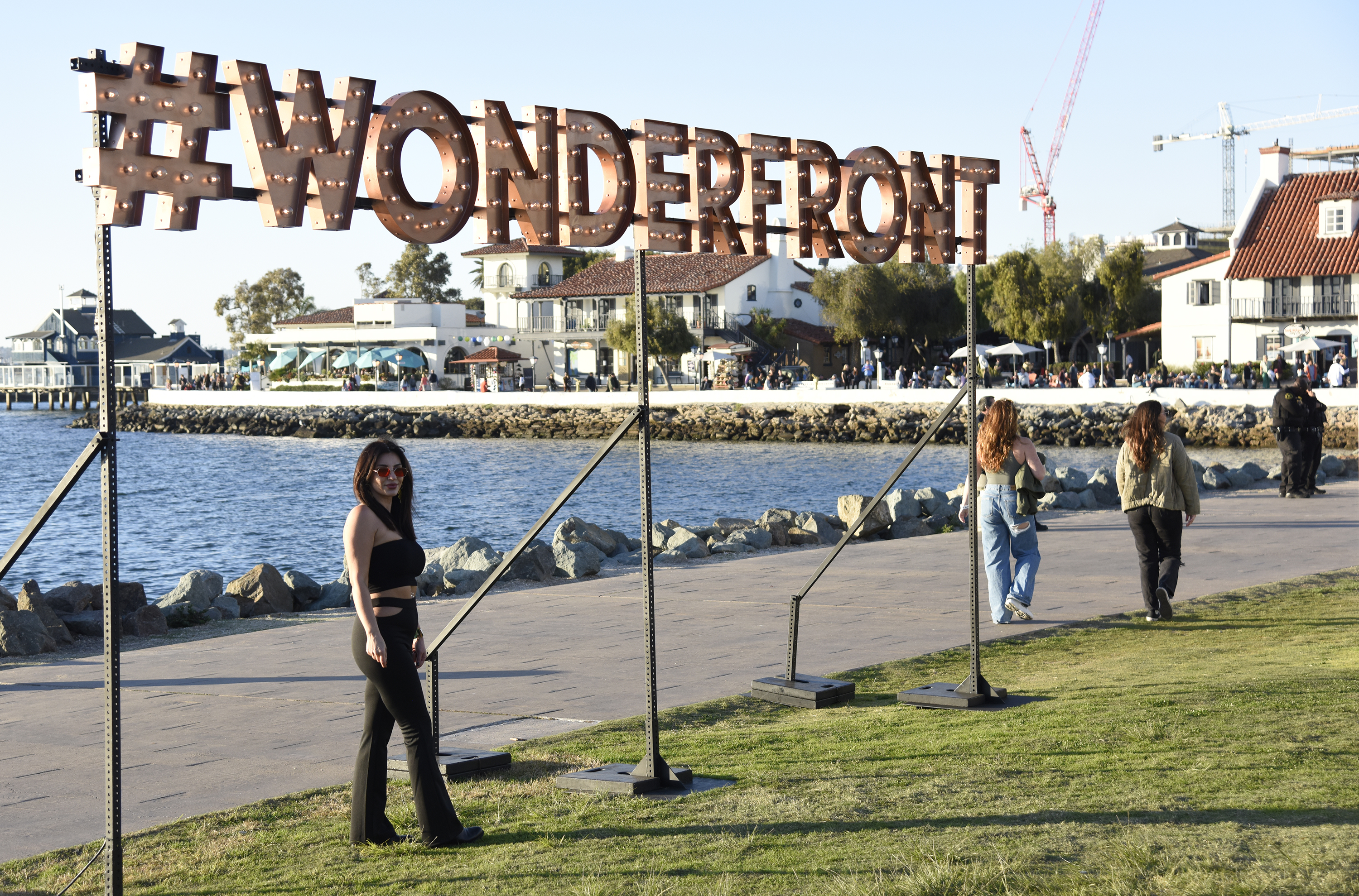California's coastline is constantly changing and a group of scientists at Scripps Institution of Oceanography is keeping a laser-focused eye on those changes thanks to some pretty advanced technology.
"You see differences on our beaches every day if you look," said Dr. Adam Young, a coastal geomorphologist, who heads up a project regularly surveying San Diego's coast using LiDAR technology.
"LiDAR stands for light detection and ranging," said Young. "It's essentially a laser mapping system."
Researchers mount LiDAR scanners onto trucks, ATVs, or drones and then traverse the coast. The scanners send out roughly 500,000 light pulses per second, which bounce off of the land's surface and then back to the scanner.
Get San Diego local news, weather forecasts, sports and lifestyle stories to your inbox. Sign up for NBC San Diego newsletters.

The data is then used to create extremely high-resolution, three-dimensional maps of the coast that can detect details down to just a few centimeters.

Researchers take that detailed map and compare it to previous scans of the same area to detect even the smallest changes in our coastal bluffs because small changes could be a sign of something bigger to come.
Local
"A landslide, for example, can be a series of events," said Young. "So, a landslide can be active over a period of weeks or days or months."
He acknowledges predicting exactly when or where a bluff will fail is still very difficult, but there are signs they can look for. They're hoping this project will make it easier someday.
"We want to use this information to build better models to help predict how our coastline is going to evolve in the future."
And speaking of the future, the recent El Niño may be a glimpse into it. Ocean levels rise slightly during an El Niño year. Combine that with above-normal rain, several rounds of king tides, and a couple days with some of the biggest surf we've seen in years, and it is a recipe for erosion.
One member of the survey team called the beaches the most eroded she'd ever seen them.
Young calls their work one of the most detailed data sets ever collected on California's coastline, and says it could be vital to how the state addresses sea level rise in the future.
"Understanding the processes that are happening now are absolutely critical if we want to understand and try to predict what's going to happen in the future."



